One of the most anticipated books this summer in style-conscious circles has been Empire of the Elite: Inside Condé Nast, the Media Dynasty That Reshaped America, a history of the magazine firm that has long epitomized the ultimate in fashion, celebrity, and literary distinction through its three best-known titles: Vogue, Vanity Fair, and The New Yorker. Despite the rather overreaching subtitle (which might also hold a dark truth), this well-researched account by Michael M. Grynbaum accurately depicts Condé Nast’s inimitable corporate culture during the golden afternoon of glossy print journalism and its subsequent, apparently inexorable decline.
I feel qualified to say so, given my three-decade on-and-off involvement with Condé Nast, which began in 1979 and during which I worked for all three of the chief editors pictured on the book’s dust jacket—Anna Wintour (at House & Garden, which she renamed HG during her ten-month tenure, before she ascended to Vogue in 1988), Tina Brown (who signed me as a Vanity Fair contributor the following year), and Graydon Carter (who let that contract lapse in 1994). Grynbaum, a New York Times media reporter, conducted some two hundred interviews for the book. Although several crucial figures would not speak with him—most notably Steven Newhouse, the current chair of Advance Publications, Condé Nast’s family-owned parent company, and Wintour, now Condé Nast’s “global chief content officer”—he tracked down many little-known but well-informed functionaries of the high-end magazine firm founded in 1909 by Condé Montrose Nast.
Empire of the Elite is the latest addition to the Condé Nast literature. That includes a biography of Samuel I. Newhouse Sr., the regional newspaper magnate who bought the corporation in 1959 and was called Mr. Sam by old-timers in his employ; two biographies each on his elder son, S. I. Newhouse Jr. (known as Si) and Wintour; Brown’s The Vanity Fair Diaries; Carter’s recent autobiography; and Calvin Tomkins and Dodie Kazanjian’s biography of Alexander Liberman, the long-serving editorial director and Si’s principal mentor. But the best of them all at capturing Condé Nast’s sickly overload of pretense and privilege is Francine du Plessix Gray’s psychologically penetrating 2005 memoir of Liberman’s marriage to her mother, Tatiana du Plessix Liberman, another Russian-born émigré to France and thence to the US in 1941. Titled Them, like a Fifties horror movie, it mercilessly unmasks these monstres sacrés of midcentury New York high life. In Gray’s retelling their saga becomes pure poshlost, that untranslatable Russian word beloved by Nabokov, denoting vulgarity and false cultural importance.
*
Looking back on Condé Nast’s past half-century, the company has clearly lost its buzz, the term for mass-market excitement popularized in the 1980s by Tina Brown, who during that buoyant decade was queen bee of Vanity Fair, the magazine that captured the zeitgeist as definitively as Life in the 1950s, Esquire in the 1960s, and Rolling Stone in the 1970s. Buzz is by definition an ephemeral sensation impossible to sustain in the long run. Yet Brown had an uncanny ability to anticipate the next hot new thing. Better than any of her peers, she knew reflexively how to play the great pipe organ that was Condé Nast in its premillennial prime, and she realized her intuitions with unbeatable éclat, even if her later career moves were, by her own admission, far less astute.
When Brown offered me my first Vanity Fair assignment in 1988—a profile of the architect I. M. Pei—I said yes only because of the huge fee, as I considered Pei to be well past his creative prime and of little artistic interest. As it turned out, by the time I’d spent nearly a year fitfully accompanying him around the globe to see his latest projects—in Paris, Kyoto, Hong Kong, Dallas, and LA—he was at the peak of his renown with the triumph of his Louvre Pyramid and acclaimed as the world’s premier master builder. Though I’m an architecture specialist, I’d never have predicted it, but Tina did.
She knew what she wanted but couldn’t be sure until she had in hand twice the amount of finished editorial material she needed for each month’s issue, half of which she chose to run; the rest she routinely discarded. This flagrant waste caused deep resentment among Vanity Fair writers. But when I complained to the managing editor that only 40 percent of my articles made it into print, she countered that I had one of the highest publication rates of the magazine’s contributors. My assignments were about glamorous art-world personalities—including Jacob Rothschild, Paul Mellon, Lucian Freud, Roy Lichtenstein, and Irving Penn—and entailed extensive foreign travel in the grand Condé Nast manner exhaustively documented in Empire of the Elite. And I was paid in full whether my articles ran or not. So exactly what, she asked, was my problem?
The members of this book’s cover troika differed so enormously from one another in temperament and technique that it was hard to believe that the same man hired them all. I knew the languid, Canadian-born Carter least, and indeed I’ve yet to meet him. But I correctly sensed that my Vanity Fair days were numbered when I was told that at the layout session for my piece on the painter Susan Rothenberg he took one look at her artwork and uttered the telltale mantra of the hopeless philistine: My kid could do better than that. Wintour I found to be the most effective executive of the lot—organized, decisive, with a consistent, fully formed vision, however one might regard the results. Now seventy-five, back then she was blatantly ageist, describing older staffers to me as “wrinklies.” Tina was Anna’s antithesis—impulsive, easily distracted, and voluble, in contrast to her fellow Brit’s cool self-control, focus, and reticence.
Grynbaum manages to ferret out an impressive range of delicious information from myriad sources. In one choice example, he unearthed an Archives of American Art interview that Tomkins and Kazanjian conducted with a longtime Vogue staffer and socialite for their Liberman biography. In it Grynbaum discovered that the wife of Iva Patcévitch, a White Russian émigré and chair of Condé Nast, indiscreetly referred to the diminutive Sam Newhouse and his even tinier spouse, Mitzi, as “the little heebs.” The Patcévitches’ downfall was sealed when they neglected to invite the senior Newhouses to a cocktail party they gave before the Patiño ball, a high-society extravaganza they all attended in Portugal in 1968. Shortly thereafter, and with the Machiavellian Liberman’s connivance, Patcévitch’s job was given to Si Newhouse, along with the bigoted couple’s Upper East Side town house, a Condé Nast–owned appanage.
*
Among the book’s most insightful informants is the classicist Pamela Mensch, an accomplished translator of ancient Greek and Si Newhouse’s only daughter. Although he was surrounded by yes-men, she never shied away from giving him frank opinions. Brown’s revamp of Vanity Fair dismayed her, and she said so. “For me, Vanity Fair was like a soft-porn magazine,” she told Grynbaum. “It became pretty sleazy. There was a deterioration in the values somewhere there.” But as countless others around Newhouse learned, when something coined money all other considerations went out the window. “If it was making a profit,” Mensch recalled, “that elicited his admiration.”
But all this can only get Grynbaum so far, and as with Ronald Reagan’s own offspring (as well as his official biographer), even a child of Si Newhouse could not penetrate his inner self. In her candid eulogy at his memorial in 2017 Mensch averred that “my father was not an easy man to know”—quite an understatement. The besetting flaw of Empire of the Elite is the black hole at its very center, and its name is Si Newhouse. He was such an opaque character that one might well apply to him Churchill’s famous formulation about Russia—“a riddle wrapped in a mystery inside an enigma”—if you add “within a case history.” For even though Grynbaum refrains from psychobiography, he leaves little doubt that Si’s overbearing, disdainful father and his overprotective, indulgent mother pulled him in emotionally opposite directions.
The monetary success that Sam Newhouse had already accrued by the time Si was born, meanwhile, cocooned the boy from many potentially instructive adversities. He was never forced to adapt to others, and as the family’s wealth compounded exponentially, any motivation for him to do so decreased in equal proportion. In 1982 the first Forbes 400 Richest Americans list estimated that Si and his younger brother, Donald, were together worth $1.2 billion—big money back then, ranking them in nineteenth place with the Texas oilman H.L. Hunt III and W. W. Caruth Jr., a Dallas property developer.
Si’s unchecked behavioral deficiencies—his appalling table manners, fleeting attention span, and sometimes chilling lack of empathy—often left those around him baffled. In both business and social settings he grilled his interlocutors incessantly, accumulating information but revealing little of what he thought. As he learned from his father, a rough businessman who operated on gut instincts, when you’re the richest person in the room, you don’t need to say anything. In Si’s case that shrewd precept and his own recessive demeanor meshed perfectly.
When I worked at House & Garden in the 1980s, a member of our advertising staff bemoaned his inability to connect with Si no matter how hard he tried. Aware that I knew him personally—his second wife, Victoria Newhouse, had taken a Columbia architectural history course with my wife, Rosemarie Haag Bletter, whereupon we were drawn into their social orbit—he asked how he might penetrate the boss’s daunting remoteness. To console this affable fellow, I found myself telling him, “The thing you have to understand about Si is that he’s missing a large part of normal adult development.”
And yet he focused with savant-like intensity on the things that interested him most. These included the all-important ad pages, which he obsessively counted by hand in each of his titles every month, mindful of his father’s dictum not to trust tallies by others; old films, a vestige of his youthful wish to become a movie mogul; twentieth-century art, of which he amassed a world-class collection; the couple’s pugs, on which he lavished an affection he almost never extended to humans; and The New Yorker, which he bought for well over its market value in 1985 and caused his oldest and closest friend, Roy Cohn, to marvel, “I’ve never seen Si so excited about anything.”
*
Grynbaum zeroes in on Cohn as the link between Si Newhouse and Donald Trump, a connection that Thomas Maier first explored in his excellent 1994 biography Newhouse but that has since attained epochal significance. Exact contemporaries born in 1927, Cohn and Newhouse both lived on Park Avenue and bonded as preteens at the private Horace Mann School. Cohn went on to become a notorious New York lawyer with mob connections and a political fixer who rose to prominence as chief counsel to Senator Joseph McCarthy during the televised Army–McCarthy congressional hearings of 1954.
I became aware of the extent to which these childhood pals were still attached during a weekend stay that my wife, our son, and I had in 1984 at the Newhouses’ Palm Beach getaway, Casa Nova (a play on the family name), a Spanish Revival mansion designed by Marion Sims Wyeth, architect of Mar-a-Lago. After we returned from a walk on the beach with Si and Victoria, her mother, Bettina Carrington Benedict (who lived in Palm Beach), announced, “While you were out, Roy phoned.” The two men spoke every day, and while Si went into another room to return Cohn’s call, we waited to begin lunch and tried not to eavesdrop.
Two years later Cohn died from complications of AIDS, and in 1987 Vanity Fair ran an article titled “Roy Cohn’s Last Days.” Written by David Lloyd Marcus, a Miami Herald reporter and a cousin of the subject, it was a forthright exposé that identified his final lover and detailed the extreme lengths to which Cohn went to conceal his condition. But it made no mention of the subject’s enduring friendship with Newhouse.
Not least among the book’s revelations is the belief of Si Newhouse’s first wife (and Pamela Mensch’s mother), Jane Franke, that his best friend helped ruin their marriage. The couple met as Syracuse undergraduates, wed in 1951, and had three children. She came from a middle-class Jewish family in Westchester and was content to be a homebody. But as Grynbaum writes, based on interviews with Franke, “Cohn was also subtly driving a wedge between Si and Jane, suggesting to Si that, given his family fortune, he could aim higher for a spouse.” They divorced in 1959 (with Cohn acting as Si’s lawyer). Although it took Newhouse fourteen years to remarry, his next spouse, Victoria Carrington Benedict de Ramel, is the Brearley-and-Bryn-Mawr-educated ex-wife of a French count.
The Newhouse–Cohn relationship has received less attention now that Cohn is best remembered as Donald Trump’s Svengali. During the 1970s, as the Queens real estate brat sought to make a name for himself in Manhattan, the controversial attorney took him under his wing. In 1984 Condé Nast’s GQ magazine ran Graydon Carter’s zingy cover story on Trump. The issue sold so well that in due course Newhouse insisted the developer write a book for Random House, which Advance Publications had acquired four years earlier.
As Grynbaum—like Maier before him—makes abundantly clear, Trump’s The Art of the Deal, which appeared in 1987 and became a best seller, was Newhouse’s baby from its inception. Since many commentators deem it the author’s stepping stone to The Apprentice—the reality series that fabricated Trump’s image as a prodigious business tycoon, featured him for fourteen seasons, and led directly to his political success—Newhouse’s central part in that progression cannot be minimized. Before The Art of the Deal, Trump was most familiar to readers of gossip columns in New York City’s tabloid press. The book, ghostwritten by Tony Schwartz and issued by the prestigious Random House—which had been cofounded by the courtly Bennett Cerf, a midcentury avatar of intellectual probity—dignified Trump as never before. In one of Empire of the Elite’s most arresting passages, the author writes:
That Si was the instigator of Trump’s first major media venture is a legacy that the Newhouse family isn’t eager to discuss. Si’s daughter, Pamela, cringed when I raised the subject with her. “I just don’t know whether Trump would have gotten that show—The Apprentice—but for the success of that book,” she said, ruefully. “So my father, in a way, put Donald Trump on the map. It is a source of deep regret to everybody, to think that. But how would he have ever known?”
Although I saw Trump at numerous New York black-tie events over the decades, I met him only once. In 1977 Victoria Newhouse established the Architectural History Foundation to publish scholarly books on the building art, and not long after I began working for House & Garden she held a small fundraising luncheon at their town house on East 70th Street (the residence that had been clawed back from the Patcévitches). Evidently Victoria thought I might be helpful in chatting up prospective donors, who included my old Columbia classmate Philip Olivetti, scion of the Italian business machine concern.
The gathering of about twenty people—convened in the vast, high-ceilinged living room hung with large canvases by Jackson Pollock, Clyfford Still, and Morris Louis—was to begin with a brief talk by the Frank Lloyd Wright expert Edgar Kaufmann Jr., followed by a buffet luncheon. There was a delay while we awaited one final guest—the thirty-four-year-old Donald Trump, who had recently unveiled his plans for Trump Tower. As soon as he arrived, Victoria announced the afternoon’s program, but when Trump realized that he’d have to sit through a lecture before he could eat, he leapt to his feet and cited an urgent appointment.
Then he quickly circled the room and pumped everyone’s hand as he repeated “Good-bye and good luck” over and over again. He finished off by kissing Victoria squarely on the mouth, leaving her wide-eyed and speechless as he darted out the door. The next time I saw her I teasingly said, “I hope that at least you got a nice fat donation for that kiss.” Her reply was brisk: “Oh no, he only sent me a check for $500.” But who can tell what the ultimate price for her husband’s worst decision will be?





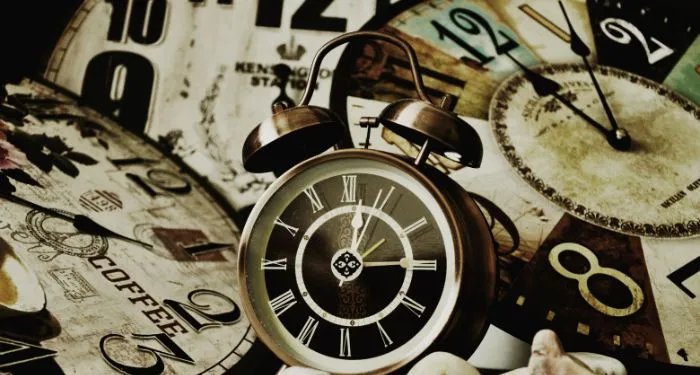

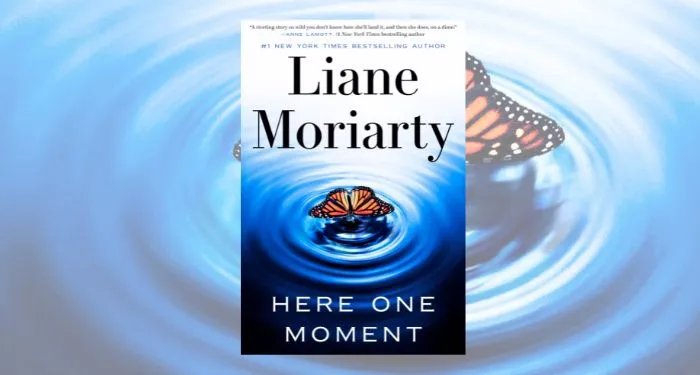


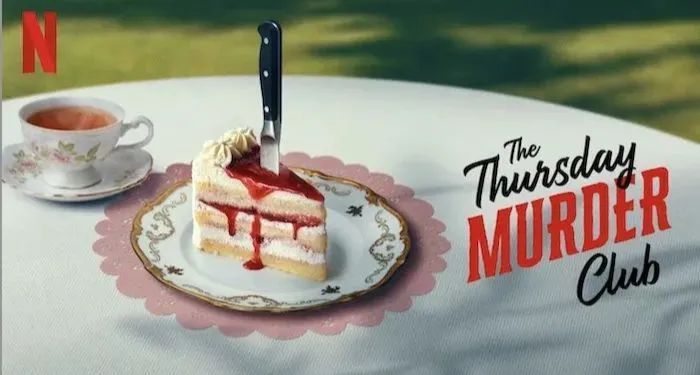










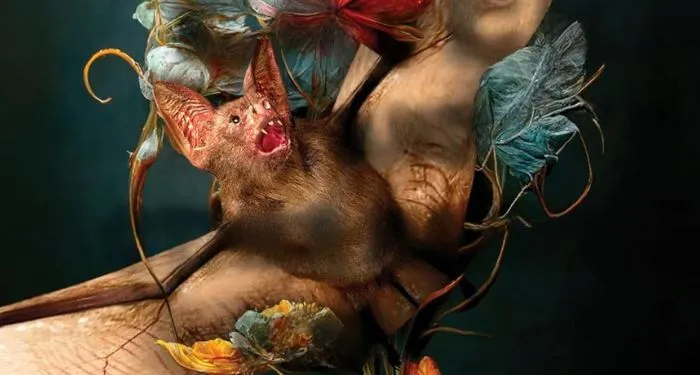
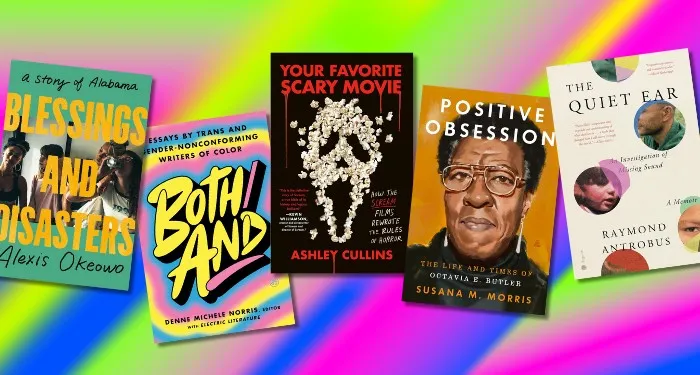
 English (US) ·
English (US) ·